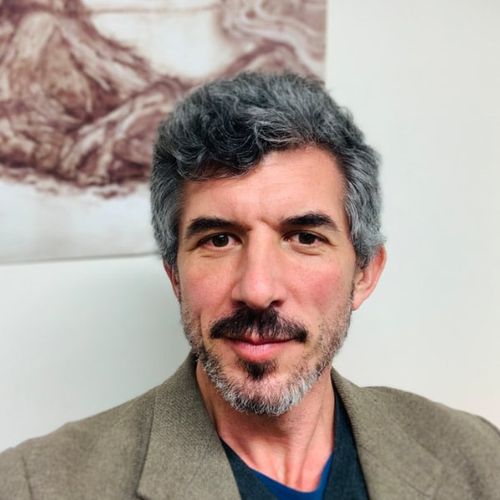MONDAY, 26TH OF JUNE – THE GOLDEN THREAD: MENTALIZATION IN ART THERAPY
DR. NEIL SPRINGHAM
After more than a century there are now multiple forms of therapy, each claiming unique effects. Within this, art therapy has likewise developed numerous approaches, and art therapists themselves work across an impressively wide variety of clinical populations and settings. These conditions have produced much rich learning for practitioners to draw on. However, such diversification arguably also creates an unhelpful overgrowth of theory. As each psychotherapy school develops its own language, similar concepts can be represented as different. The resulting confusion can be unhelpful in guiding therapeutic practice. We routinely meet raw human distress in all its chaotic and volatile expressions but must choose a focus to respond with coherence and consistency if we are to connect and help. How do we choose that focus in such moments if there is too much theory?
The mentalization project seeks to understand the deepest Biopsychosocial mechanisms of human distress and connection. Mentalization is not a psychotherapy school but an attachment process: a golden thread that runs through all human encounters that help. Mentalization theory has helpfully pruned excessive psychotherapeutic theorisation and offers the therapist a guide to focus their interactions on that attachment process. For us as art therapists, mentalization can offer additional insights into how interacting with art can lead to profound states of relational, healing encounters.
This workshop will explore how to utilise mentalization across multiple forms of art therapy and with different populations. The specific focus of this workshop will be to understand art in a framework of ostensive communication, an attachement process which supports the development of epistemic trust as a meaningful therapeutic outcome. These terms will be clarified in the workshop, but the relevant information can be pre-read in the following publication:
Springham, N., & Huet, V. (2018) Art as a State of Relational Encounter: Ostensive Communication in Art Therapy. Art Therapy: The Journal of the American Art Therapy Association 35 (1) pp 4-10 doi10.1080/07421656.2018.1460103
Dr. Neil Springham is a consultant art therapist and the executive director for therapies at Oxleas, a National Health Service organisation in London. He trained in art therapy in 1988 and has worked in adult mental health, addictions and personality disorder services.
He was a course leader at the Unit of Psychotherapeutic Studies, Goldsmiths College, co-founded the Art Therapy Practice Research Network and was twice elected chair of British Association of Art Therapists. He has a PhD in Psychology and founded ResearchNet, a service user/patient and provider collaboration which develops co-produced research to improve mental health services.
He has published and lectured internationally on a wide range of issues in art therapy, mentalization and co-production.
WEDNESDAY, 28TH OF JUNE – THE IRREDUCTIBLE IMAGE, EMBOBIED AESTHETICS IN ART THERAPY
DR. DOMINIK HAVSTEEN-FRANKLIN
In his workshop, Dominik Havsteen-Franklin presents his recent ideas about embodied aesthetics through discussions and image-based explorations in response to and to reconstruct the conceptual parameters described in one of his papers on the embodied image.
He will explore a range of aesthetic modes and their relation to the art therapy artefact, as the process of creating images that reflect complexities of being in the world. We will also explore the different variations of phenomenological inquiry and how art therapy can offer a model of onto-epistemology that is closer to concepts in the performative (Butler) critical feminism, agential realism (Barad) and the quantum turn (Bohr).
As part of art therapy theory, images have traditionally been defined according to aesthetic formal characteristics rather than the entire situation, or a combination of image, perception, body, relationship with therapist, and wider context. Rather than assuming that we can reduce the image to a single state, we will explore aesthetics as intrinsic to psychobiological political-social states.
Key Points:
- Understanding embodied, disembodied, diagrammed and unstructured aesthetics and how they can co-exist within the art therapy relational field.
- Understanding phenomenological intra-active processes as implicit mentalizations.
- Understanding the quality of aesthetic opaqueness as being the potential space, the mentalizing stance, and how affect, curiosity and perspective taking co-create an array of relational experiences.
- Knowing the marked concepts of embodied, disembodied, unstructured and diagrammed aesthetics.
- Understanding aesthetics as irreducible to single states of being but as a discourse between states of being in (and of) the world.
Dr. Dominik Havsteen-Franklin is an internationally established, British Art Therapist and Clinical Academic who investigates and develops innovative models of arts-based intervention in health care that use body movement, musicality and visual image making. He is employed as Professor of Practice in Arts Therapies at Brunel University London and as a Consultant in Arts Psychotherapies for CNWL NHS Foundation Trust.
He also a founder and Vice President for European Federation of Art Therapy. He has an extensive portfolio of research collaborations including working with East London NHS Foundation Trust (London), University of Hertfordshire on the Horizons Project, Imperial College, Fred’s Company (London), Weill University (Qatar), Grenwich University (London), Sp(i)eel Arts Collective (South Africa). His research has focused primarily on intervention development to impact on health conditions such as art therapy for complex depression, mentalization based art psychotherapy for emotionally unstable personality disorder and developing psychosocial practice in South Africa.
Research in progress includes using art therapy in museums in Qatar, Arts Therapies for heterogenous groups in mental health, and neuro studies of change process in arts therapies. His major project at present is focusing on healthcare worker team development.



